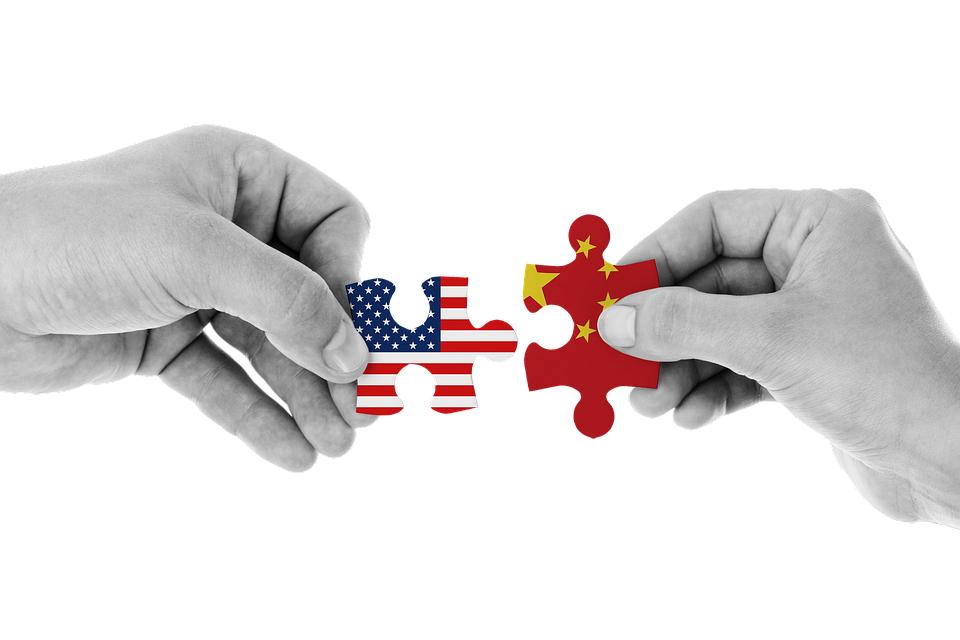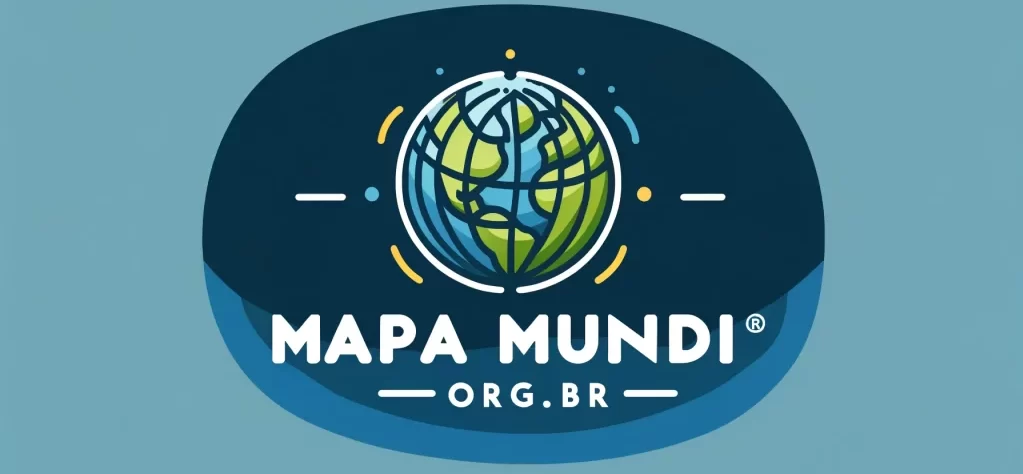
China anunciou, no último dia 24 de julho, a ordem para que os Estados Unidos fechassem o consulado do país em Chengdu, importante cidade com cerca de 4,6 milhões de habitantes. Foi uma retaliação ao fechamento, pelos EUA, do consulado chinês em Houston. Na véspera, o Secretário de Estado norte-americano Mike Pompeo, em visita Yorba Linda, California, havia discursado[1] usando uma dura retórica contra o partido comunista chinês o os governantes daquele país. Ironicamente, o local do discurso foi a cidade natal de Richard Nixon, o presidente norte-americano responsável pela reaproximação dos EUA com a China na década de 1970.
Assim, os dois países sobem mais um degrau na escalada de tensões que tem caracterizado as relações entre Washington e Beijing, especialmente nos últimos dois anos.
São vários os pontos de atrito, desde a chamada “guerra comercial”, passando por questões que envolvem os direitos humanos, acusações de espionagem e de guerra cibernética, a crise da pandemia da Covid-19, a tecnologia 5G de comunicação móvel, a nova lei de segurança nacional promulgada na China em relação a Hong Kong, a maior assertividade chinesa em relação a Taiwan e sua crescente presença militar no Mar do Sul da China, para citar apenas as mais relevantes.
Já se tornou lugar comum falar em uma “nova Guerra Fria”, com a China tomando o lugar da antiga União Soviética no polo que antagoniza os EUA. Por imprecisa que seja tal comparação, é certo que a escalada da rivalidade entre os dois países atingiu níveis inéditos no sistema internacional desde o esfacelamento da antiga União Soviética.
Entretanto, há uma diferença marcante. Se na Guerra Fria as esferas de influência de cada uma das superpotências estava praticamente delimitada pelos espectros ideológicos que se antagonizavam, com capitalistas de um lado e comunistas de outro, na disputa atual essas esferas não estão claramente definidas.
E esse é mais um importante campo de disputa, onde cada um dos contendores apresenta suas armas. De um lado, a China se apresenta como poderoso parceiro comercial e econômico, disposto a celebrar acordos, firmar negócios e financiar projetos de infraestrutura e de desenvolvimento econômico por todo o mundo, especialmente nos países de seu entorno, pela Iniciativa Belt and Road, mas também na África, na Europa e nas Américas. Com isso, ao mesmo tempo em que oferece oportunidades valiosas de desenvolvimento, amarra governos a dívidas e compromissos que garantem, se não apoio político explícito, pelo menos a postura de neutralidade. Isso ficou claríssimo na crise da Covid-19. Governos de todo o mundo, inclusive dos EUA(!), ficaram amarrados a fornecedores chineses, em uma dependência constrangedora, que em muitos casos impediu governos de se manifestarem mais duramente contra o fato de o vírus, de acordo com todas as evidências, ter se expandido para todo o mundo em razão de diversos equívocos das autoridades sanitárias chinesas, especialmente nos primeiros momentos da pandemia. Ao mesmo tempo, a China se projeta com uma política externa proativa, com maciça divulgação da cultura do país, tentando projetar uma imagem mais simpática ao ocidente.
Por outro lado, os EUA se amparam em seu até aqui incomparável poderio militar para constranger os chineses a refrear seu ímpeto expansionista no Mar do Sul da China, garantir a relativa soberania de Taiwan, e apoiar seus principais aliados na Ásia e Oceania, em especial o Japão, a Coreia do Sul e a Austrália, além da Índia, que embora não possa ser considerado exatamente um país aliado, é a grande rival da China na Ásia. Além disso, os EUA busca liderar os países ocidentais, mantendo sua atuação no campo psicossocial, reforçando a narrativa de defesa de valores democráticos e liberais, denunciando o autoritarismo do governo chinês e posicionando-se em defesa dos uigures e dos moradores de Hong Kong.
Além da busca por aliados, cada um dos dois países se prepara em ritmo acelerado no campo militar. As forças armadas chinesas sofreram uma grande reforma em 2015, buscando maior interoperabilidade e modernização. A Marinha de Guerra se destaca, modernizando-se em um ritmo impressionante. Já os EUA reformularam sua estratégia militar em 2018, definindo claramente que o país deveria se preparar para uma nova fase de competição entre grandes potências, com um foco especial para a China e a Rússia, citadas nominalmente. Ao mesmo tempo, criaram uma nova Força Armada, a Força Espacial, para se preparar para combater também nesse domínio.
Escaladas e distensões, acusações e acomodações, disputas e acordos se alternam no manejo das relações entre duas potências globais. Há inúmeros e enormes interesses envolvidos e uma escalada de antagonismos que saia do controle não é do interesse de nenhuma das duas. Mas aqui, o Realismo se impõe mais uma vez: a espiral conflituosa é ascendente e a chance de algo escapar ao controle, cada vez maior.
Acesso o discurso do Secretário de Estado dos EUA, Michael R. Pompeo “Communist China and the Free World´s Future” (23/07/2020) em https://www.state.gov/communist-china-and-the-free-worlds-future/
Oficial de cavalaria do Exército, formado na Academia Militar das Agulhas Negras, em 1990. Foi comandante do 11º Regimento de Cavalaria Mecanizado, em Ponta Porã/MS; instrutor da Academia Militar das Agulhas Negras, da Escola de Aperfeicoamento de Oficiais e da Escola de Comando e Estado-Maior do Exército.
Atualmente serve no Comando de Operações Terrestres – COTER – em Brasília/DF.
Os artigos publicados são de opiniões pessoais. Não fala em nome do Exército. As ideias aqui expressas são fruto da sua experiência profissional e dos estudos que realizou.
